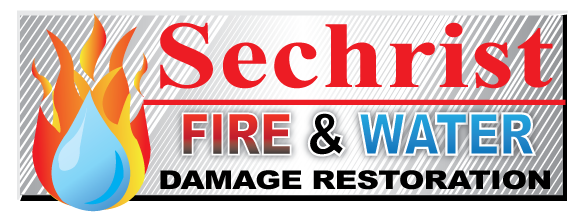The Buzz on Dry Star Restoration
Table of ContentsHow Dry Star Restoration can Save You Time, Stress, and Money.3 Easy Facts About Dry Star Restoration ShownThe 5-Minute Rule for Dry Star Restoration4 Simple Techniques For Dry Star RestorationThe smart Trick of Dry Star Restoration That Nobody is Talking About
Especially in winter season, home heaters are a common fire threat. Damaged electrical wiring or placing heaters also close to combustible materials like curtains can spark a fire.
Statistics: According to the National Fire Security Association, home chemicals are liable for a notable portion of home fires each year. By knowing these common reasons, you can take steps to make your home safer.
The Best Strategy To Use For Dry Star Restoration

Trick problems consist of: Water Intrusion: Water can permeate into walls, floorings, and furnishings. This can compromise the architectural integrity of your home. Mold Development: If water is not dried out promptly, mold and mildew can start to expand within 24-48 hours. Mold can cause wellness issues and further damages to your residential property. Structural Weakening: Water can compromise wood frameworks and create steel components to corrosion, making your home dangerous.
It's critical to attend to all these facets to totally recover your home. Next, we will study the steps associated with the fire damages repair procedure. Fire restoration is the process of cleansing, fixing, and recovering a residential property that has been damaged by fire. The goal is to return the home to its pre-loss condition, meaning it looks and operates as it did before the fire.
The Ultimate Guide To Dry Star Restoration
Debris Elimination and Demolition: Harmed products are securely eliminated, and any hazardous materials like asbestos are handled suitably. Cleaning up and Purification: Soot and smoke odors are removed using customized equipment and therapies. Repair and Fixes: Lastly, the residential or commercial property is restored and restored, consisting of structural repair services and interior reconstruction - restoration company near me. Fire damages includes numerous kinds of injury to a home: Physical Damage: This includes charring, blackening, and fragmentation of products straight affected by the fire.
Water Damages: Water made use of to extinguish the fire can result in architectural weakening and mold growth otherwise properly handled. Fire reconstruction specialists make use of specialized techniques and devices to deal with all these types of damages, ensuring the home is safe and livable once more. Next off, we will dive right into the steps associated with the fire damage repair process.
From cutting edge water extraction tools to specialized tools for smoke and residue elimination, we have actually the resources required to restore your property to its pre-loss problem. Our methods are created to be complete and effective, lessening additional damage and accelerating the recuperation process. Our group is composed of accredited specialists who are experts in fire damage reconstruction.
Everything about Dry Star Restoration
Their know-how makes certain that every job is done right, offering you with satisfaction throughout a hard time. If you require fire damage reconstruction solutions, do not hesitate to call us. We're right here to aid you restore your home and your life after the fire. Last modified on 15th of July 2024.
(https://filesharingtalk.com/members/607034-dryst4rrstrtn)If there's a fire, smoke makes sure to adhere to. While the fire's smoke is composed of components that make your home unsafe to be in, the damage smoke leaves doesn't stop there. Smoke will certainly float to relatively every part of your home, sticking to furniture, style, drapes, walls, ceilings, floors, and much more.
The water will certainly soak into the charred products and infected other locations of the home unaffected by the fire. If left uncontrolled or missed out on during fire damages reconstruction, the water damages will only worsen with time and can result in mold and mildew growth, safety issues for your home's structure, and unsightly appearances around your space, including distorted floor covering, peeling off paint, and noticeable spots.
The Best Guide To Dry Star Restoration
Water mitigation is usually the primary step of the fire, smoke, and water damages remediation procedure after a damages analysis has been completed. This resolves the water damage head-on and includes steps to stop further problems for your room before, during, and after remediation. Assessment and damage assessment to assess the level of water damageIsolation of water damages to affected areas to ban water from spreading out to dry areasInspection of your home's foundation for architectural stabilityExtraction about his of any standing water from the propertyStructural drying out with commercial-grade equipmentSite cleaning that will remove debris, pack out salvageable content for repair, and give way for reconstruction servicesWe'll additionally complete additional damages reduction by boarding up broken doors and windows, using tarpaulins to holes in roofing systems, and completing various other steps to avoid added damages and hazards to your home while the fixings are occurring.
Many terms and summaries made use of by water and fire damages reconstruction specialists are fairly obvious. The listing of terms below must be of help when you're interacting with the firm you've employed. Any type of action required to prevent the development and spreading of fungi, mold and mildew, mildew, and spores. This can include utilizing solvents or chemicals as ingredients or barriers on building materials to avoid fungus development.